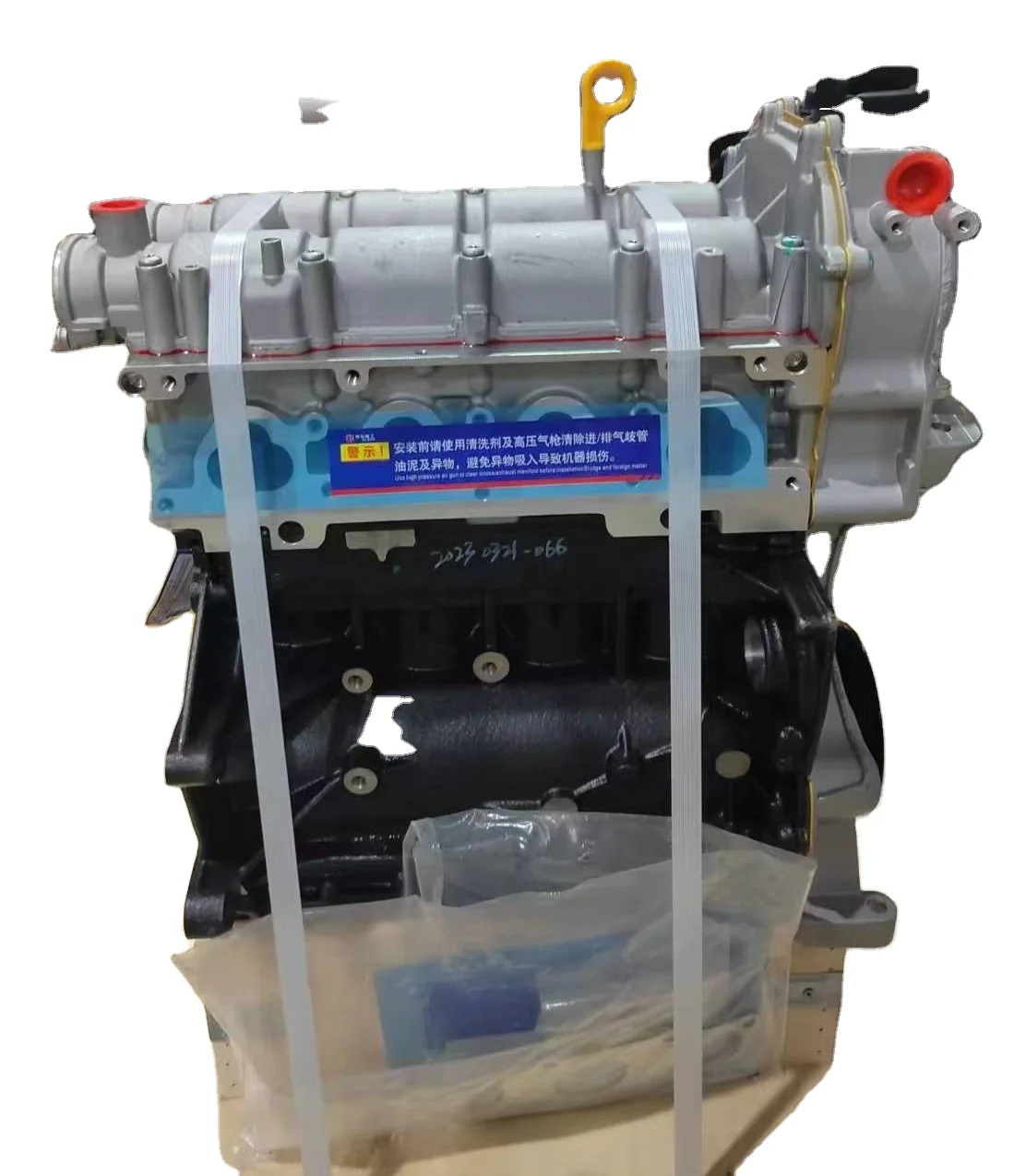The Role of a Clp Engine in Revolutionizing Engine Efficiency and Sustainability
The arrival of CLP engine technology presents an essential minute in the vehicle market, where efficiency and sustainability assemble in extraordinary means. By optimizing combustion processes and allowing for dynamic changes in compression proportions, these engines not just assure improved gas performance and reduced discharges however additionally challenge conventional design standards.
Comprehending CLP Engine Innovation
As the vehicle sector constantly looks for cutting-edge remedies to boost efficiency and performance, understanding CLP engine technology becomes critical. The term CLP stands for Compression-Low Pressure, an advanced engine style that concentrates on maximizing burning procedures and lowering exhausts. This modern technology runs by keeping a low-pressure setting within the burning chamber, which promotes an extra total fuel burn and reduces unburned hydrocarbons.
One of the vital functions of CLP engine technology is its ability to readjust the compression ratio dynamically. This versatility allows the engine to run efficiently throughout various driving problems, enhancing gas economic climate while simultaneously boosting power result. Additionally, CLP engines utilize advanced materials and style principles to lower weight and thermal losses, further contributing to total efficiency.
Additionally, the integration of digital control systems plays a vital duty in managing the engine's efficiency criteria. These systems allow real-time changes to ignition timing and fuel injection, maximizing combustion for both power and effectiveness. By recognizing CLP engine innovation, stakeholders in the vehicle sector can much better value its potential in driving the future of engine style, performance, and sustainability.
Efficiency Enhancements Offered
CLP engine innovation provides significant efficiency enhancements that set it in addition to conventional engine designs. Among the primary benefits of CLP engines is their capability to run effectively across a wider series of rates and lots. This versatility converts into boosted torque shipment and velocity, offering a much more responsive driving experience.
In addition, the advanced combustion process made use of in CLP engines optimizes fuel-air mixing, causing greater thermal performance. This enhancement not only makes the most of power outcome yet additionally minimizes power loss, resulting in an engine that performs better under various conditions.
Additionally, the modular design of CLP engines enables for much easier assimilation with crossbreed systems, intensifying their performance capacity - clp engine. This versatility enables makers to create automobiles that provide to customer demands without compromising agility or power
The precision design involved in CLP technology additionally adds to lower friction and wear, improving engine longevity and reducing the frequency of maintenance. Overall, these performance enhancements position CLP engines as a leading choice in the pursuit of high-performance, reputable, and functional engine continue reading this options.
Environmental Advantages of CLP Engines
Among the most engaging advantages of CLP engines depends on their ecological benefits, which are significantly important in today's automobile landscape. These engines are designed to enhance fuel effectiveness, substantially decreasing carbon discharges compared to conventional burning engines. By using innovative burning methods and innovative materials, CLP engines promote cleaner exhaust results, adding to enhanced air high quality.
In addition, the reduction in gas consumption not only brings about reduce greenhouse gas exhausts but likewise conserves why not find out more useful natural resources. As fossil gas books decrease, the shift in the direction of CLP modern technology represents a strategic action towards sustainability. The engines are often suitable with alternative fuels, further improving their eco-friendly charm and permitting for a diversified energy profile.
Moreover, the light-weight layout of CLP engines assists lower car weight, which consequently reduces the energy needed for propulsion. This causes lower operational power consumption and a reduced environmental footprint. In recap, CLP engines stand at the leading edge of initiatives to minimize environment adjustment and promote sustainable practices in the automobile industry, symbolizing a future where performance and environmental obligation are not mutually special.
Contrast With Standard Engines
While standard engines have long controlled the vehicle market, the introduction of CLP modern technology offers a considerable shift in efficiency and effectiveness. Traditional inner combustion engines primarily depend on gas combustion, which not just limits thermal efficiency but additionally adds to higher emissions. In comparison, CLP engines utilize advanced thermal monitoring and a special burning process, boosting fuel performance and considerably lowering greenhouse gas discharges.
Moreover, standard engines operate on set power contours, which can impede efficiency in varying driving problems. CLP engines, however, are designed to adjust their efficiency dynamically, giving optimum power article source distribution based on real-time needs. This adaptability brings about improved velocity, responsiveness, and total driving experience.
Maintenance likewise varies considerably; standard engines frequently call for frequent oil modifications and part substitutes due to put on and tear. clp engine. CLP engines, with fewer moving components, assure decreased upkeep needs and longer operational life expectancies

Future Potential Customers and Innovations
As the vehicle landscape develops, the future of engine technology is increasingly concentrated on technologies that improve performance and sustainability. The Clp engine, with its distinct architecture and functional performances, is positioned to play an essential function in this change. Future developments might entail improvements in materials science, enabling the construction of lighter and extra sturdy elements, therefore lowering total automobile weight and improving fuel performance.
Additionally, the combination of expert system and artificial intelligence into engine management systems is anticipated to enhance performance dynamically, enabling real-time modifications based on driving problems. These technologies can better lessen emissions and improve energy utilization.
In addition, research study into alternative gas, consisting of hydrogen and biofuels, provides interesting possibilities for Clp engines, aligning performance with green efforts. clp engine. As governing frameworks become more stringent, the fostering of such innovations will be essential in accomplishing sustainability objectives without endangering power
Conclusion
